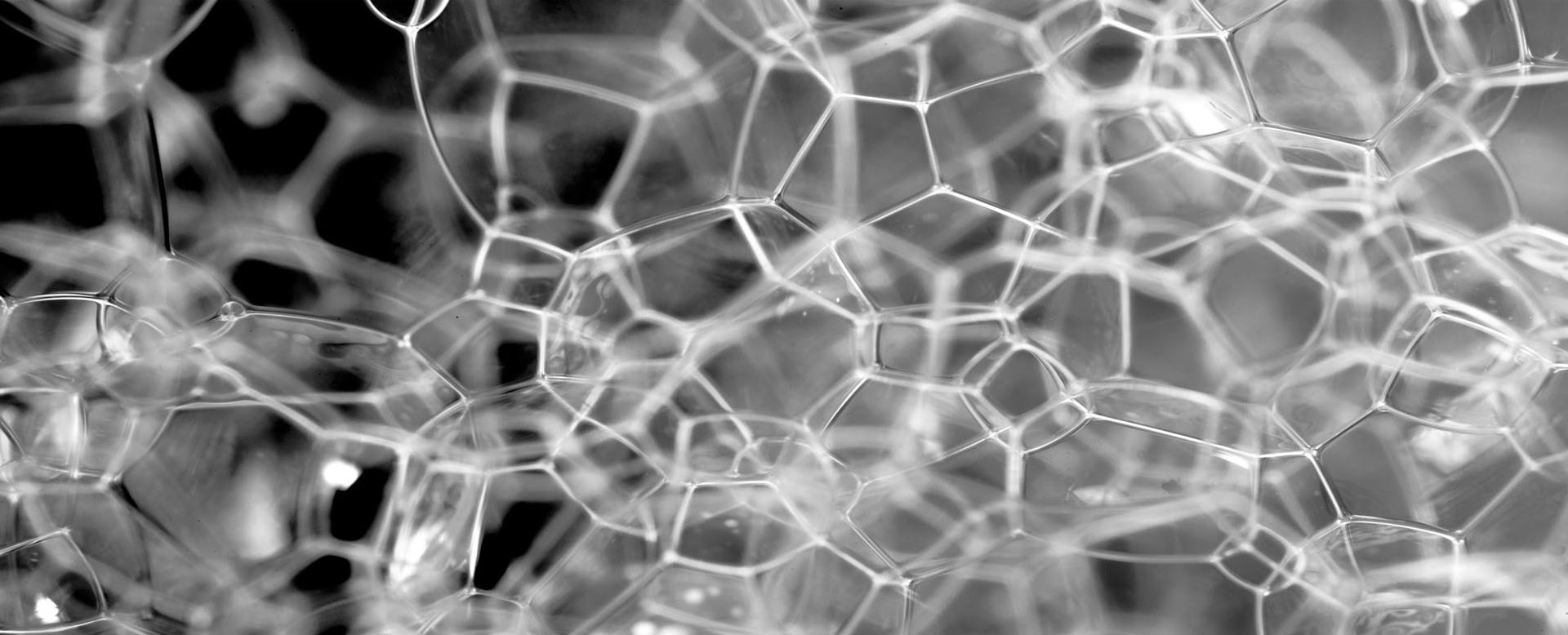Surfactants: The Unsung Heroes in Everyday Life
Have you ever wondered how your dish soap cuts through grease so effortlessly or why your shampoo lathers up so nicely? The secret lies in a fascinating group of chemicals called surfactants. These unsung heroes are everywhere—in our homes, our personal care products, and even in industries we don’t often think about. Let’s dive into what surfactants are, how they work, and why they’re so important, with a special focus on one of the most versatile types: nonionic surfactants.
What Are Surfactants, Anyway?
At their core, surfactants are molecules that make water “wetter.” They’re the reason oil and water, which normally don’t mix, can come together in things like salad dressings or lotions. The word surfactant comes from “surface-active agent,” which basically means they love to hang out at the surface where two substances meet, like water and oil or water and air.
Surfactants have a split personality: one part of the molecule is attracted to water (hydrophilic), while the other part is repelled by it (hydrophobic). This dual nature lets them break down dirt, stabilize mixtures, and even create foam. Without surfactants, cleaning your dishes or washing your hair would be a lot harder!
The Different Types of Surfactants
Surfactants come in different “flavors,” depending on their electrical charge. Here’s a quick breakdown:
- Anionic Surfactants: These guys have a negative charge and are the heavy lifters in cleaning products. Think of sodium lauryl sulfate (SLS), the stuff that makes your shampoo foam up.
- Cationic Surfactants: These carry a positive charge and are often found in fabric softeners or disinfectants. They’re great at clinging to surfaces, which is why they work so well in fabric softeners.
- Amphoteric Surfactants: These are the chameleons of the surfactant world—they can be either positive or negative, depending on the situation. They’re super gentle, which is why they’re often used in baby shampoos.
- Nonionic Surfactants: These are the laid-back, neutral ones. They don’t carry any charge, which makes them super stable and versatile. They’re the go-to choice for products that need to be mild and effective, like lotions or certain industrial cleaners.
Why Nonionic Surfactants Are So Cool
If surfactants had a popularity contest, nonionic surfactants would definitely be in the running for the top spot. Why? Because they’re incredibly versatile and reliable. Unlike their charged counterparts, nonionic surfactants don’t get thrown off by hard water or changes in pH. This makes them perfect for a wide range of applications, from skincare products to industrial cleaners.
What Makes Nonionic Surfactants Stand Out?
- Gentle on Skin: They’re often used in products like moisturizers and facial cleansers because they’re less likely to irritate.
- Stable in Tough Conditions: Whether it’s high temperatures or acidic environments, nonionic surfactants hold their ground.
- Low Foaming: Sometimes, foam isn’t helpful—like in dishwashers or industrial equipment. Nonionic surfactants keep things clean without the suds.
Examples of Nonionic Surfactants
- Ethoxylated Alcohols: These are the workhorses in laundry detergents and household cleaners.
- Polysorbates: You’ll find these in everything from ice cream to vaccines, where they help mix ingredients smoothly.
- Alkylphenol Ethoxylates: These are used in industrial settings, though their use is decreasing due to environmental concerns.
Where Do We See Surfactants in Everyday Life?
Surfactants are everywhere, and chances are, you’ve used something with surfactants in it today. Here are a few examples:
- In Your Kitchen: Dish soap uses surfactants to break down grease on your plates.
- In Your Bathroom: Shampoos and body washes rely on surfactants to clean your hair and skin.
- In Your Medicine Cabinet: Some medications and vaccines use surfactants to help deliver active ingredients.
- In the Environment: Biosurfactants, which are eco-friendly and made from natural sources, are used in cleaning up oil spills and other environmental applications.
Biosurfactants: The Green Alternative
Speaking of biosurfactants, these are the eco-warriors of the surfactant world. Made by microorganisms, plants, or even animals, they’re biodegradable and much kinder to the environment than synthetic surfactants. For example, rhamnolipids, produced by bacteria, are used in green cleaning products and even in bioremediation to clean up polluted sites.
Why Should We Care About Surfactants?
Surfactants might not be something we think about every day, but they make our lives easier in countless ways. They help us stay clean, keep our homes spotless, and even play a role in protecting the environment. And with the rise of biosurfactants, we’re seeing a shift toward more sustainable and eco-friendly options.
Next time you’re washing your hands, doing the dishes, or applying lotion, take a moment to appreciate the humble surfactant. Whether it’s an anionic surfactant in your laundry detergent, a nonionic surfactant in your moisturizer, or a biosurfactant in an eco-friendly cleaner, these tiny molecules are working hard to make our lives better. They might not get the spotlight, but they’re definitely worth a round of applause!



